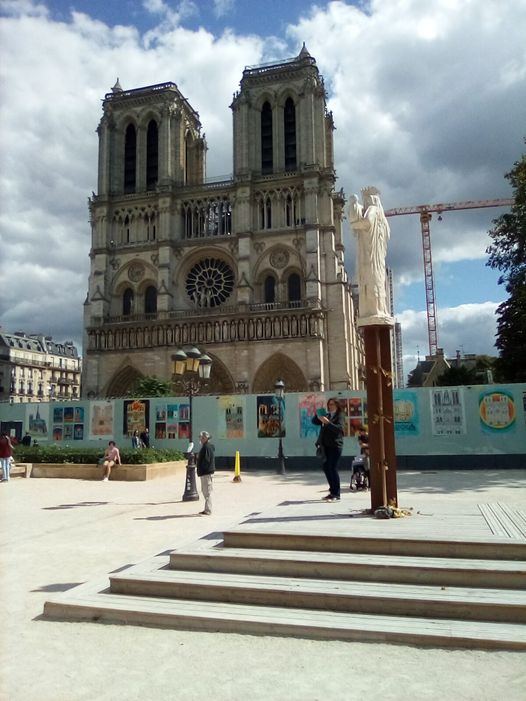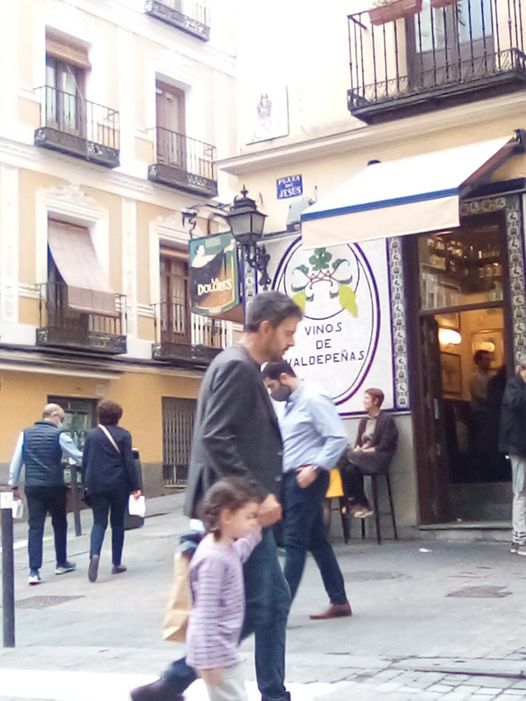
* * * *
I have to say it: I hate Halloween. I’m always glad when it’s over, and we can get to the “fall festival” atmosphere leading up to Thanksgiving. But the Halloween triduum – a religious observance lasting three days – is important in the life of the Church, so I need to talk about it.
I’ve done numerous posts on the subject, and the most recent ones are – from 2018 – On the THREE days of Hallowe’en. After that I did The Halloween Triduum – 2019, just before the Covid hit. That was followed by Halloween 2020 – “Scariest ever?” And a reminder, Halloween 2020 came right before the elections, including the presidential election.
Which means we survived one national nightmare, but since then a number of other nightmares have taken shape, and continue “even to this day.” Or as Job 5:7 says, “man is born to trouble as surely as sparks fly upward.” (On the other hand, by following the Faith of the Bible, you too can develop “the peace of God which passes all understanding.” Philippians 4:7.)
But we digress. Looking back to last year at this time, we had a Halloween like we’ve never seen, including a rare Blue Moon – also called a “Hunter’s Moon” – and a warning: CDC says no trick-or-treating amid COVID. But it also included some basic background, including that the word “Hallowe’en” came from the Old English word for “saint,” halig.
The word “halig” became “hallow,” and November 1 is what we now call All Saints Day. But November 1 was originally called “All Hallow’s Day,” and the evening before that day was “All Hallows Evening.” That was then shortened to “All Hallow’s E’en.” Eventually the “All” was dropped and we were left with “Hallow’s E’en,” then shortened to Halloween.
But as noted, this religious observance lasted three days, and – as Wikipedia said – this three-day period is a “time to remember the dead.” That includes “martyrs, saints, and all faithful departed Christians.” And the main day of the three was and is November 1. It’s now “All Saints Day,” and was once called All Hallow’s Day, and also referred to as Hallowmas.
The thing is, back in the real old days, people thought the barrier between the living and the dead was most open – most permeable – the night of October 31. So they wore masks and costumes to fool the evil spirits. And there was a warning about safe travel.
If you were out traveling from 11:00 p.m. to midnight on All Hallow’s E’en, your had to be very careful. (This was back in the day when candles were pretty much the only light available for travelers.) That is, if your candle kept burning, that was a good omen.(The person holding the candle would be safe in the upcoming winter “season of darkness.”) But if the candle went out, that was “bad indeed.” (The thought was the candle was blown out by witches…)
Another thing they did was build bonfires. Literally bonefires, “fires in which bones were burned.” (Shown in the photo below.) The original idea was that evil spirits could be driven away with noise and fire. But that evolved into an additional thought: The “fires were thought to bring comfort to the souls in purgatory and people prayed for them as they held burning straw up high.” Which led to the second of the three days.
November 1, All Saints Day, honors “all the saints and martyrs, both known and unknown” who have gone on before us. That referred to “special people in the Church” but the third day of the three honors “the rest of us poor schmucks.” (Those who died but weren’t remembered, except by their friends and family.) So November 2 – All Souls’ Day – honors “all faithful Christians … unknown in the wider fellowship of the church, especially family members and friends.*’” That is, on the third day of the Triduum – November 2, or All Souls’ Day – observing Christians typically remember deceased relatives. And in many churches, the following Sunday service includes a memorial for all who died in the past year.
There’s more detail in the three posts from 2018 to 2020, including the story behind those carved pumpkins – also called a jack-o’-lantern or Will-o’-the-wisp – which tied in with the strange ghostly light known as ignis fatuus. (From the Medieval Latin for “foolish fire.”) That was the “atmospheric ghost light seen by travelers at night, especially over bogs, swamps or marshes.” The light, like a flickering lamp, was said to recede if approached:
Tradition had it that this ghostly light – seen by travelers at night and “especially over bogs, swamps or marshes – resembled a flickering lamp. The flickering lamp then receded if you approached it, and so it “drew travelers from their safe paths,” to their doom…
But don’t worry: We faithful have that “peace of God which passes all understanding.”
Have a Happy Halloween Triduum!
* * * *

* * * *
The upper image is courtesy of Halloween 2020 – Image Results. The image accompanies an article, posted on October 24, “Man thinks of ‘the scariest thing’ for his Halloween 2020 decor.” Which led to an article about the “blue moon,” the one that could be seen at this time last year:
Get ready, witches and warlocks. This October 31, there’s a full moon occurring in Taurus, and it’s extra special. This lunar event is called a “blue moon” because it’s the second full moon we’ll experience in the month of October. Not, it won’t actually appear blue, but it’s rare — hence the phrase “once in a blue moon” — and astrologically, very powerful.
Re: The third day of the Halloween Triduum, November 2. Now All Souls’ Day, it was designed to remember the souls of “the dear departed.”
The lower image is courtesy of the Wikipedia article on bonefires.
* * * *

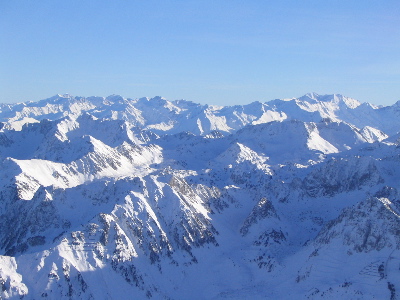
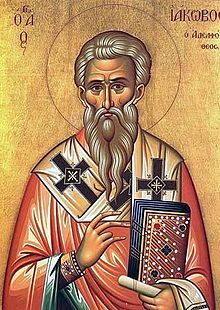



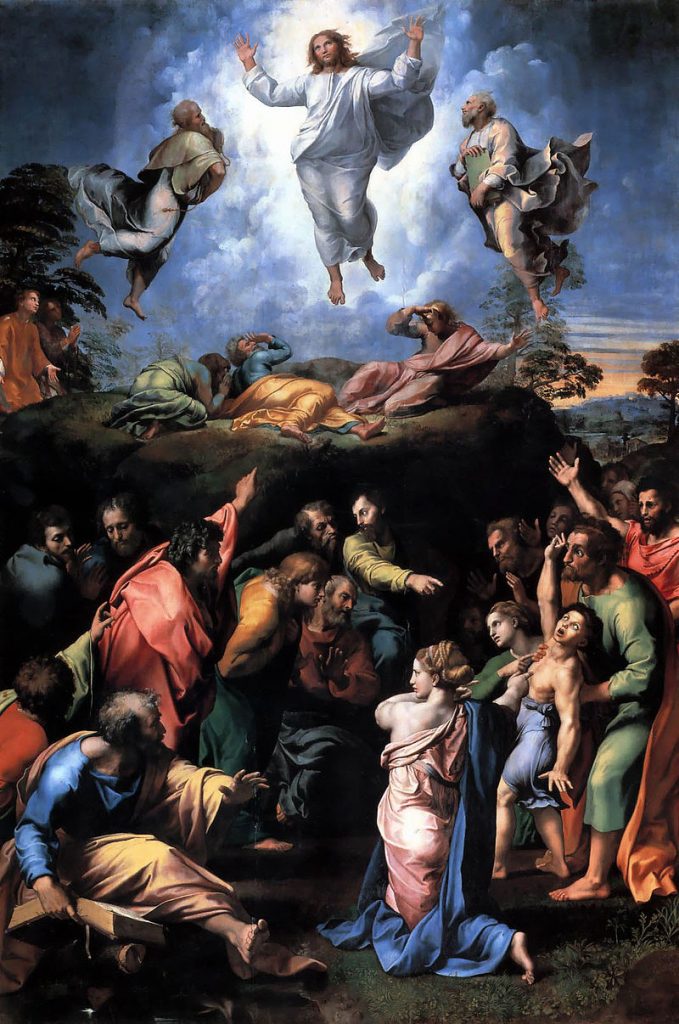

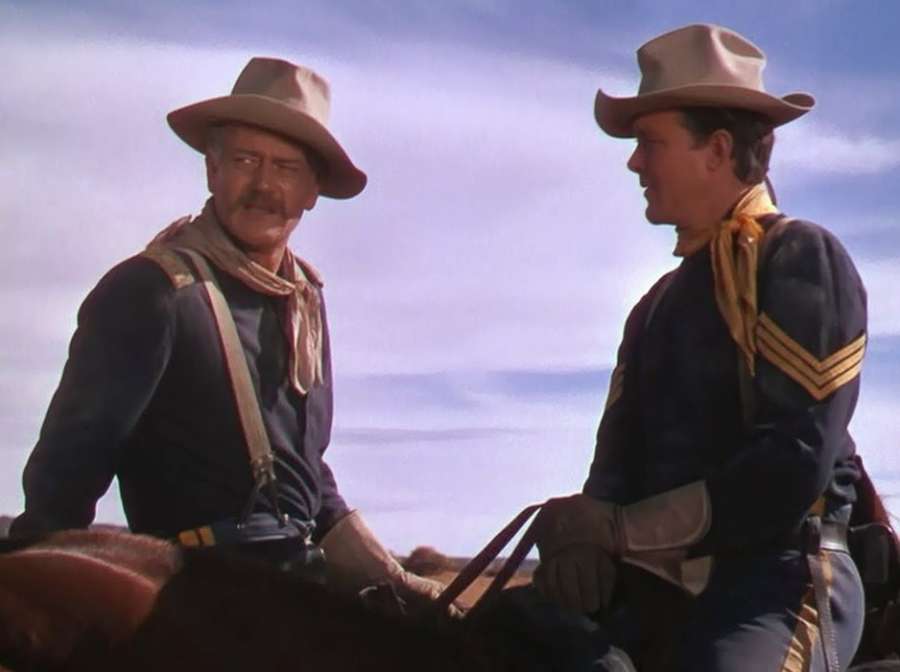
.jpg)
